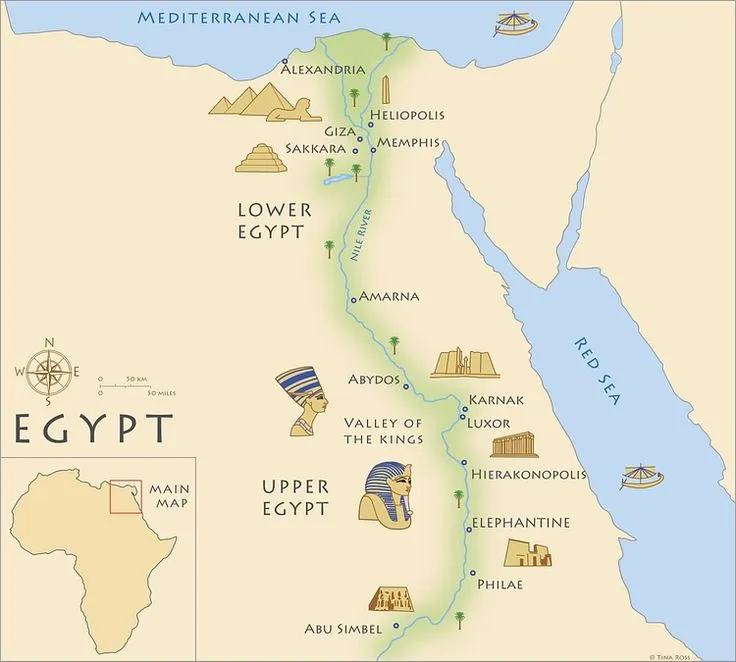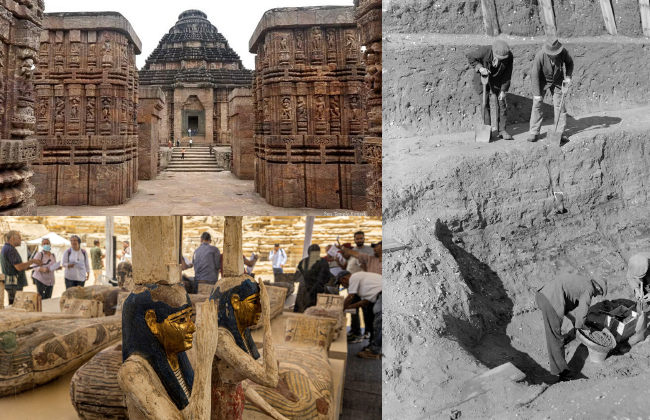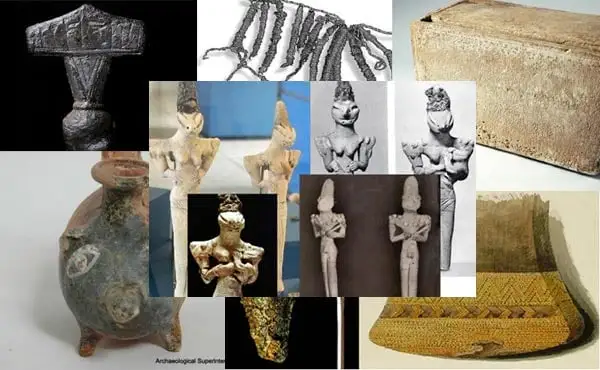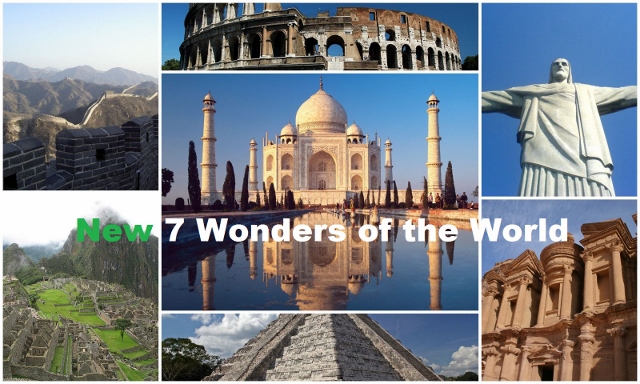Introduction: Ancient Egypt, a civilization that flourished along the banks of the Nile River for over 3,000 years, continues to captivate our imaginations with its majestic pyramids, intricate hieroglyphics, and enigmatic pharaohs. In this article, we will delve into the fascinating world of Ancient Egypt, exploring its rich history, cultural achievements, and enduring legacy.
- The Land of Pharaohs: Ancient Egypt, known as “Kemet” by its inhabitants, was a land ruled by pharaohs who were revered as both political and religious leaders. The pharaohs wielded immense power and were considered divine beings, responsible for maintaining Ma’at—the cosmic order of the universe. The Old Kingdom, the Middle Kingdom, and the New Kingdom were the three main periods that defined the ancient Egyptian civilization.
- Monumental Architecture: Perhaps the most iconic symbol of Ancient Egypt is the pyramid. These colossal structures, such as the Great Pyramid of Giza, were built as tombs for pharaohs, believed to facilitate their journey to the afterlife. The construction of pyramids showcases the advanced engineering skills possessed by the ancient Egyptians. Additionally, temples like Karnak and Luxor provide insight into their religious beliefs and the grandeur of their architectural achievements.
- Hieroglyphics: Ancient Egyptians developed one of the earliest writing systems known as hieroglyphics. These intricate symbols were used to record important events, religious rituals, and stories of the pharaohs. Hieroglyphics were deciphered by modern scholars thanks to the Rosetta Stone, a crucial discovery that contained translations in Greek, Egyptian hieroglyphics, and demotic script.
- Cultural and Scientific Achievements: Ancient Egypt was a hub of intellectual and artistic accomplishments. The Egyptians made significant contributions to fields such as mathematics, astronomy, medicine, and engineering. The construction of the Sphinx, the development of a solar calendar, and the creation of papyrus—a precursor to paper—highlight their scientific and cultural advancements.
- Religion and Afterlife: Religion played a central role in the lives of ancient Egyptians. They worshipped a pantheon of gods and goddesses, including Ra, Osiris, and Isis. Believing in an afterlife, they carefully preserved the bodies of their deceased through mummification and elaborate burial rituals. The Book of the Dead, a collection of spells and instructions, guided the deceased through the perilous journey to the afterlife.
- Daily Life and Social Structure: Ancient Egyptian society was organized hierarchically. At the top were the pharaohs and the royal family, followed by nobles, priests, scribes, and artisans. The majority of the population consisted of farmers who worked the fertile lands along the Nile. Gender roles were distinct, with men primarily engaged in economic activities and women playing essential roles in household management and child-rearing.
Conclusion: Ancient Egypt continues to bewitch us with its awe-inspiring monuments, enigmatic rituals, and rich cultural heritage. The civilization’s achievements in architecture, writing, science, and religion have left an indelible mark on human history. By unraveling the mysteries of Ancient Egypt, we gain a deeper appreciation for the ingenuity and complex society that thrived along the banks of the Nile for millennia.
![]()





